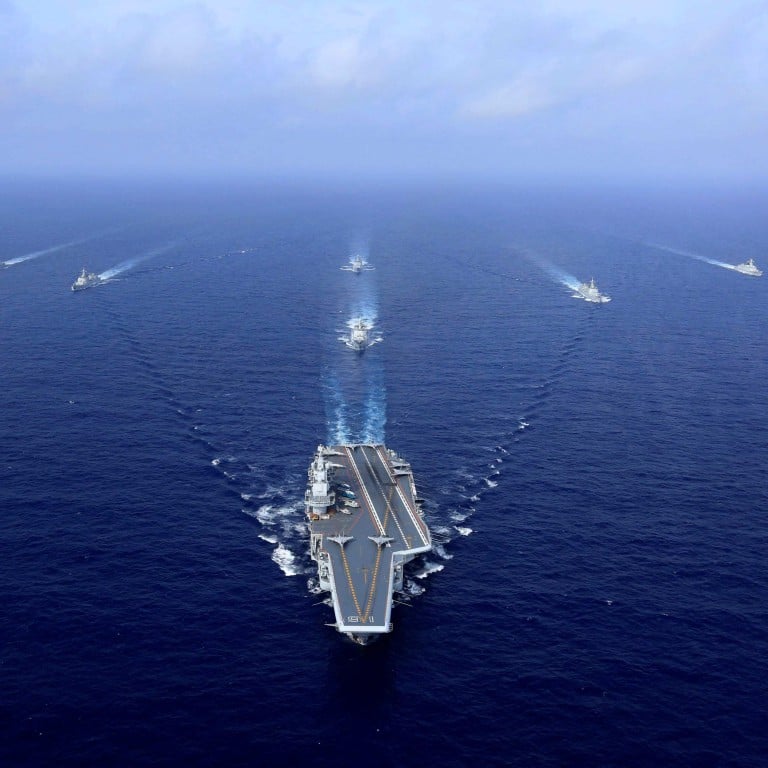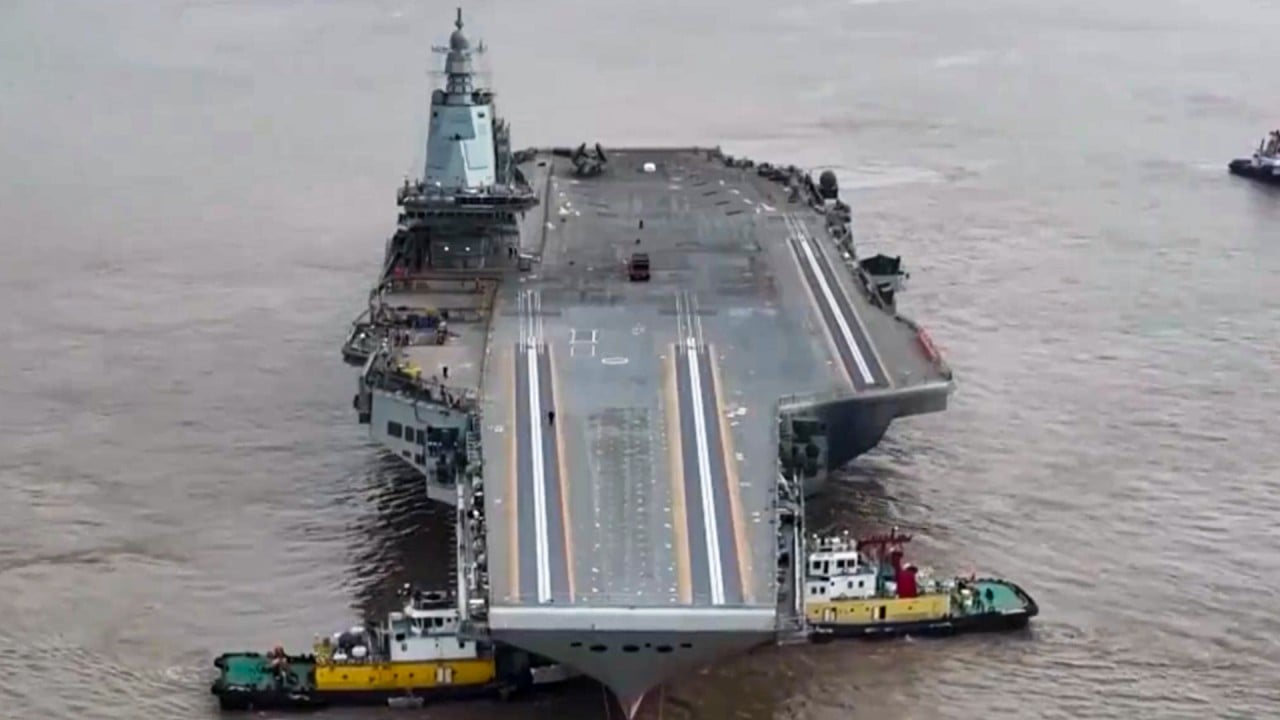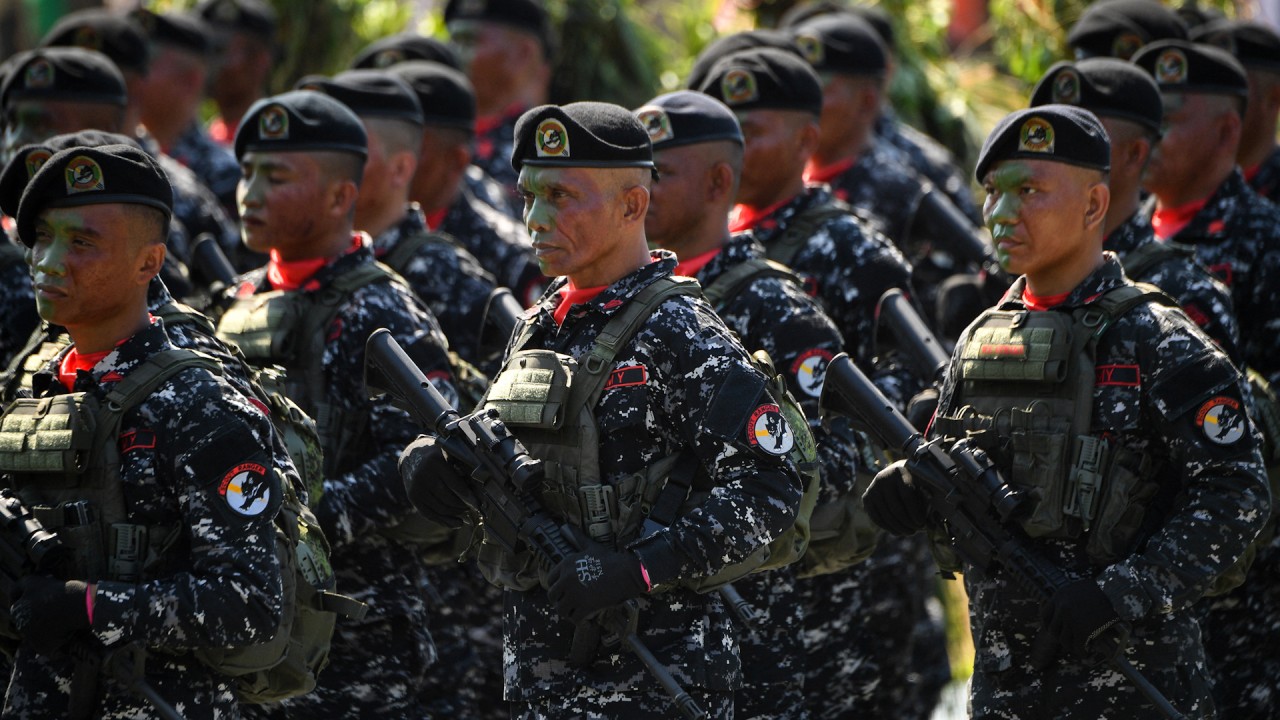
East Asia joins global military spending surge over China concerns: report
- Swedish think tank finds regional expenditure on armed forces rises at its highest rate in a decade
- Military budgets have climbed worldwide in an ‘increasingly volatile geopolitical and security landscape’
Global military expenditure recorded its steepest rise in 15 years amid ongoing wars in Europe and the Middle East, while East Asia saw the largest defence spending in a decade – coinciding with tensions over Taiwan, according to a Swedish think tank.
In a report released on Monday, the Stockholm International Peace Research Institute (Sipri) said military expenditure in East Asia grew by 6.2 per cent in 2023 to reach US$411 billion, the sharpest increase in 10 years.
“Many of its neighbours perceive China’s growing military power as a reason to enhance their own military capabilities,” the institute said in its “Trends in World Military Expenditure, 2023” report.
Beijing allocated an estimated US$296 billion to the military in 2023, remaining the world’s second-biggest military spender after the United States, which spent US$916 billion.
Among those line items was funding for the coastguard and military research and development, which Sipri said accounted for about 8 per cent of the total military budget. Official figures for these categories are not publicly available.
China’s total amounted to 12 per cent of global spending and half of the expenditure in Asia and Oceania, the institute said.
The budget for 2023 also marked the first year of Japan’s biggest military build-up since the end of World War II, with plans to spend US$310 billion on the armed forces in 2023–27. It is aiming to bolster its counterstrike capacity by investing in aircraft, ships, and long-range missiles.
Taiwan created an extrabudgetary fund in 2020 and another in 2022 earmarked for F-16 combat aircraft and naval systems, accounting for 21 per cent of Taiwan’s total military spending in 2023.
Elsewhere in the region, South Korea’s military budget grew by 1.1 per cent to US$47.9 billion while Australia had a 1.5 per cent fall to US$32.3 billion.
The increases mirrored the global rise in military expenditure.
The report said 2023 also marked the first year since 2009 when all geographic regions ramped up military spending.
“The unprecedented rise in military spending is a direct response to the global deterioration in peace and security,” said Nan Tian, senior researcher with Sipri’s military expenditure and arms production programme.
“States are prioritising military strength but they risk an action-reaction spiral in the increasingly volatile geopolitical and security landscape.”



